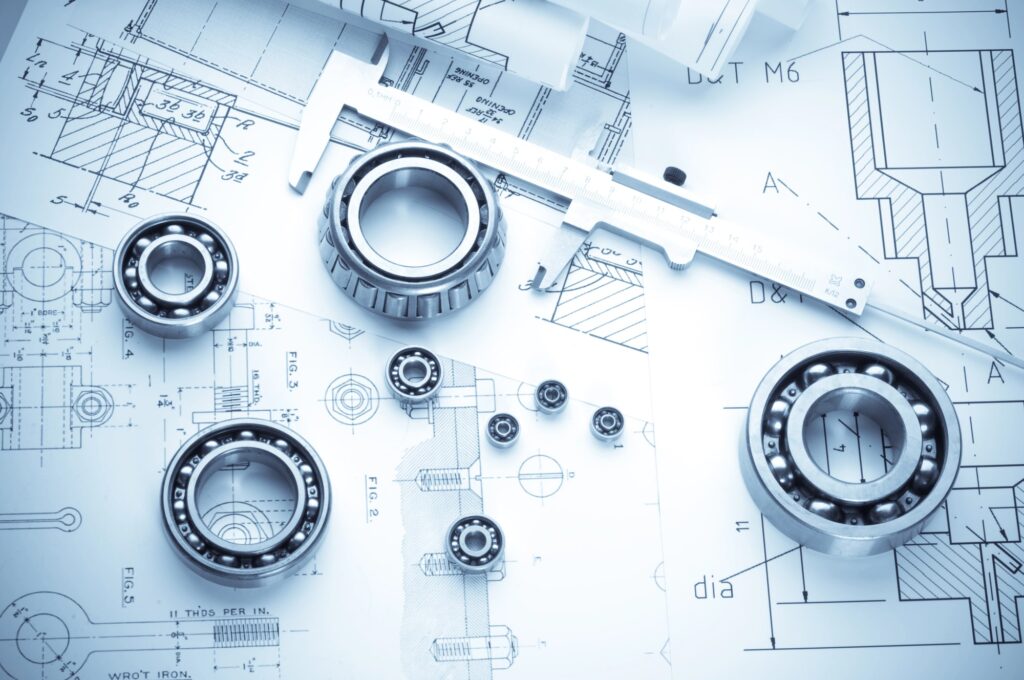This blog post examines the Yuanverse project by AOMOMO Studio in collaboration with Shanghai Jiao Tong University. The 3,349-square-meter development is scheduled for completion in 2025.
The article breaks down the design evolution from an initial light-steel-and-fiber-cement approach to a more robust concrete exterior. It explores material and form choices, especially the frustum-shaped metal walls and sleek metal roof.
The project emphasizes durability, accessibility, and improved visitor experience through semi-outdoor spaces. Published on ArchDaily in November 2025, Yuanverse demonstrates how to balance modern design with practical construction strategies.
Design concept and the material shift
The project is a study in contrasts. Bold, frustum-shaped metal exterior walls create a contemporary silhouette, while the building’s body has a tactile, grounded finish.
Initially, the architects proposed lightweight steel structures with fiber cement panels. This aimed to achieve a modern yet traditional feel.
Book Your Dream Vacation Today
Flights | Hotels | Vacation Rentals | Rental Cars | Experiences
Why the team recommended concrete instead
After further development, the team recommended full concrete exterior walls instead of fiber cement-clad light steel. This decision focused on performance rather than appearance.
Concrete reduces technical complexity, improves durability in harsh weather, and gives a rustic, material-rich look that contrasts with the metal roof. Concrete also simplifies connections with the frustum metal elements, minimizing thermal bridging and detailing challenges found in light steel facades.
Architectural expression and environmental responsiveness
The concrete exterior gives the project a visual weight that grounds it on site. The sleek, reflective metal roof provides a modern accent.
This balance between heavy, textured walls and a streamlined roof creates visual tension. The result is a contemporary look that still connects to traditional materials.
Practicality, accessibility, and occupant experience
Yuanverse addresses practical needs while keeping design innovation. Accessibility features and simple construction methods are included in the design.
The architects propose adding semi-outdoor spaces within each dwelling. This approach increases spatial variety and strengthens connections to the landscape.
Semi-outdoor areas act as viewing points, letting occupants and visitors engage with changing light and weather. In mild climates, they extend living space; in harsher climates, they act as buffers that reduce thermal loads and provide shelter.
These semi-outdoor spaces require careful detailing to control water, thermal performance, and structural continuity. Concrete walls make these connections easier by allowing strong lintels, built-in drainage, and secure attachment points for shading and glazing.
Takeaways for designers and clients
Yuanverse shows that material choices must address both aesthetic and technical needs. The shift from light steel and fiber cement to concrete highlights a focus on durability and easier maintenance.
This decision also brings a unified architectural style. The project is a useful example for clients and design teams on how to balance ambition with practical construction.
Here is the source article for this story: Yuanverse Living Paradigms / AOMOMO Studio, Shanghai Jiao Tong University
Book Your Dream Vacation Today
Flights | Hotels | Vacation Rentals | Rental Cars | Experiences

